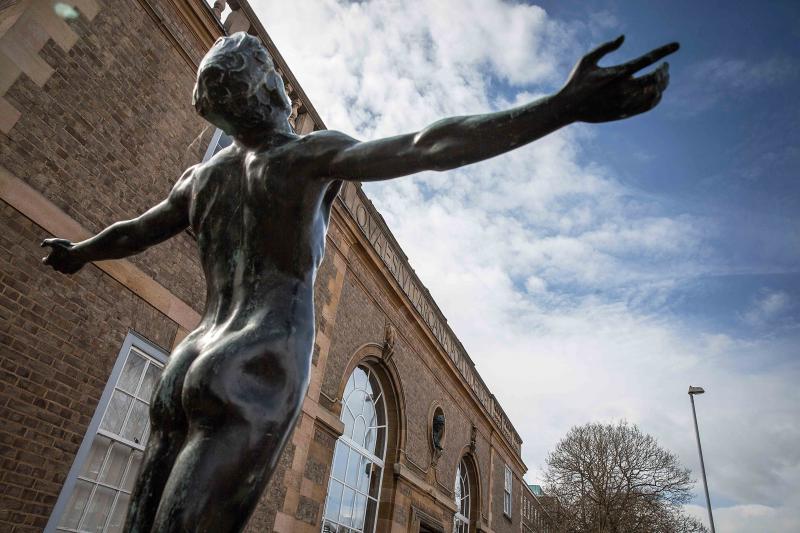 |
| "Youth" by Kathleen Scott |
It was a bit odd, I thought, to name a research institute after an explorer who came in second and who did not live to tell the tale. But when the diary was published it caused a sensation. So much money poured in to "look after our people" that some was set aside to found the institute. The story about the heroic explorers was used to drum up support for the first world war. Perhaps it is no coincidence that the Scott Polar Research Institute was built right beside the church of "Our Lady and the English Martyrs" or that a sculpture donated to the institute by Scott's widow, Kathleen, looks rather like a crucifix.
Scholars debate why Scott failed and Amundson succeeded, but the museum keeps it simple, explaining that Amundson beat Scott to the South Pole because he had only one goal--to be the first one to reach the South Pole--and he pursued it single-mindedly. I'm sure there's a lesson there somewhere...
(In case you are wondering, s. enjoyed sitting by the Cam and feeding swans much more than the museum.)

No comments:
Post a Comment